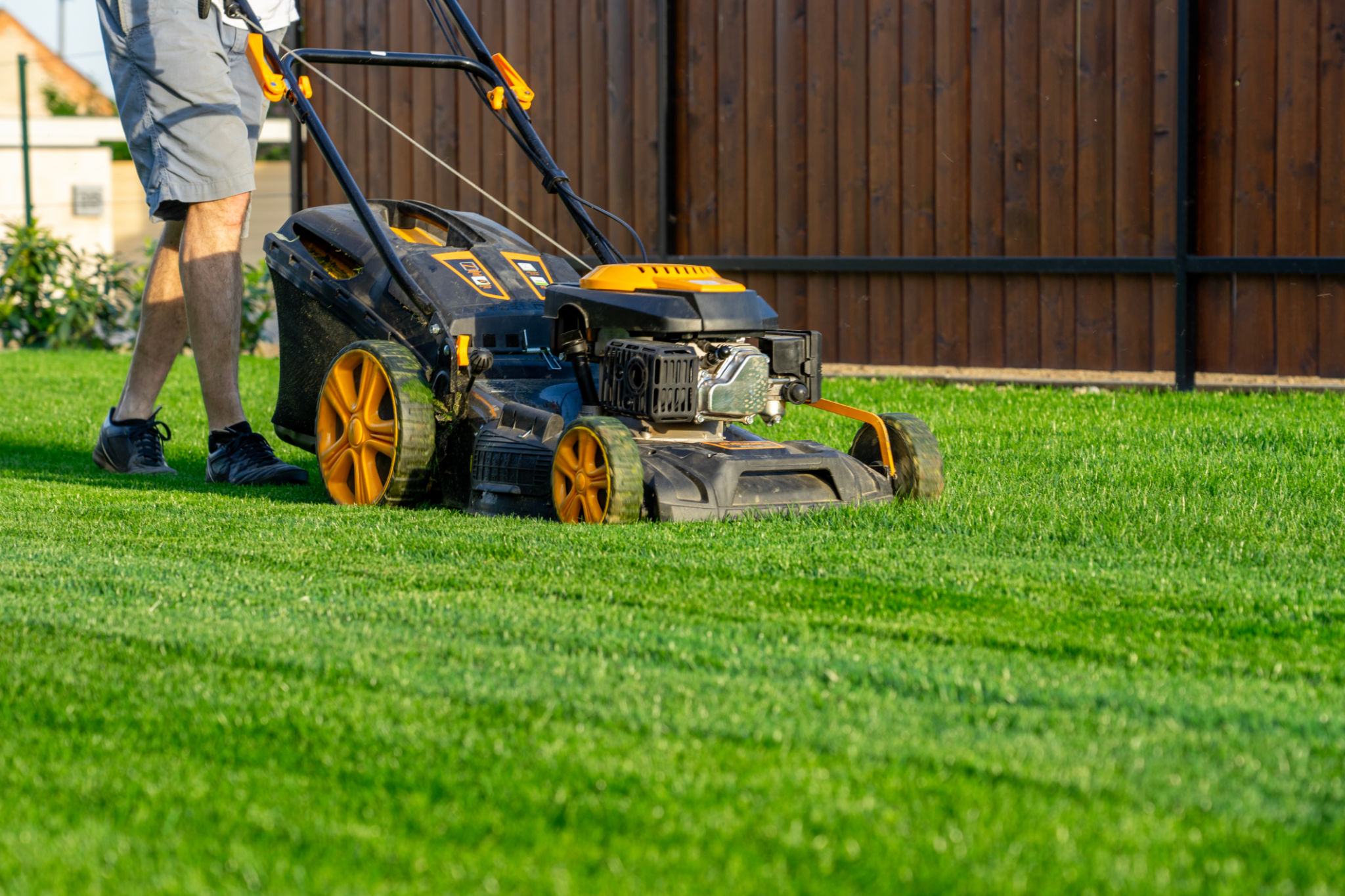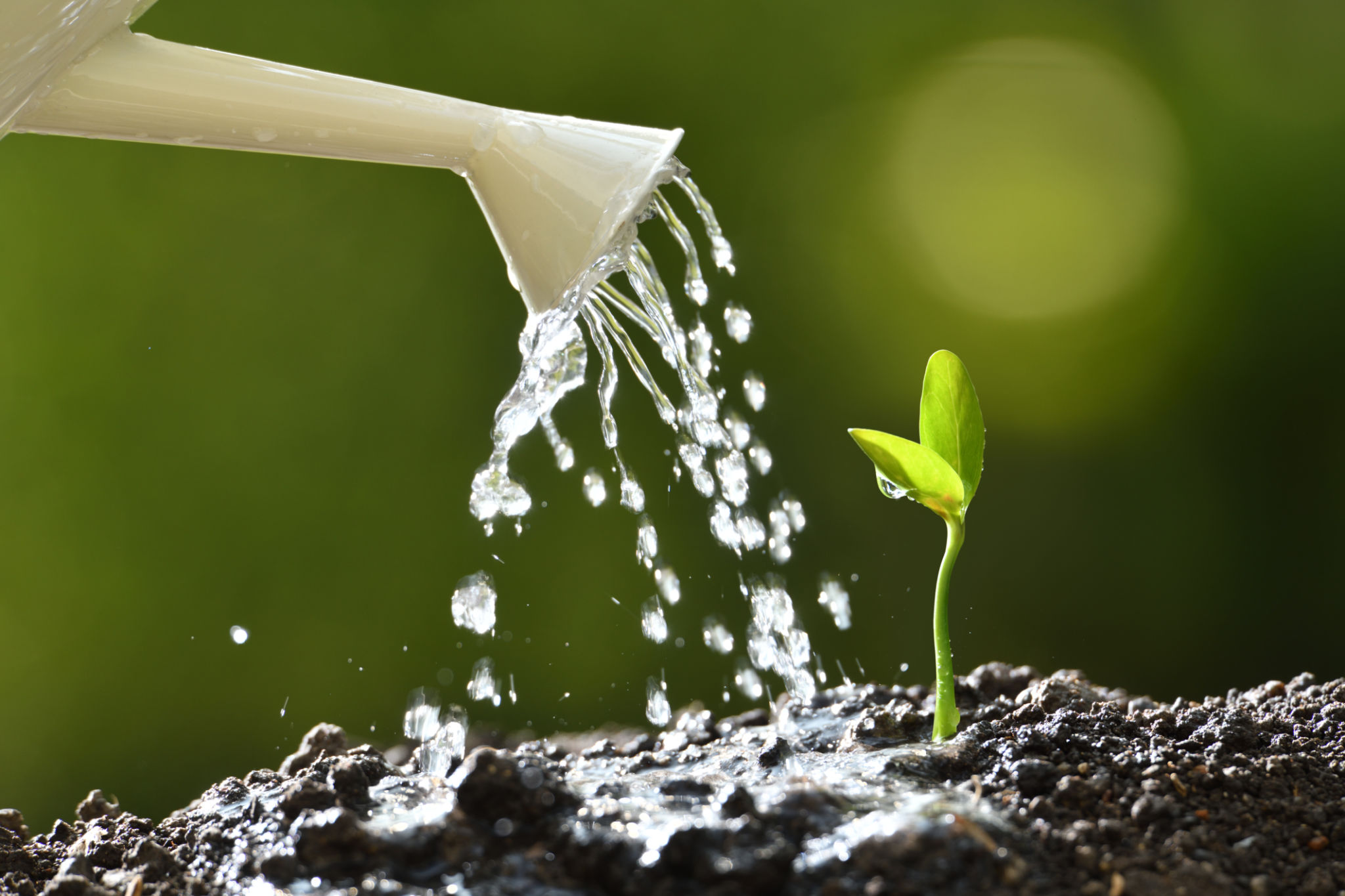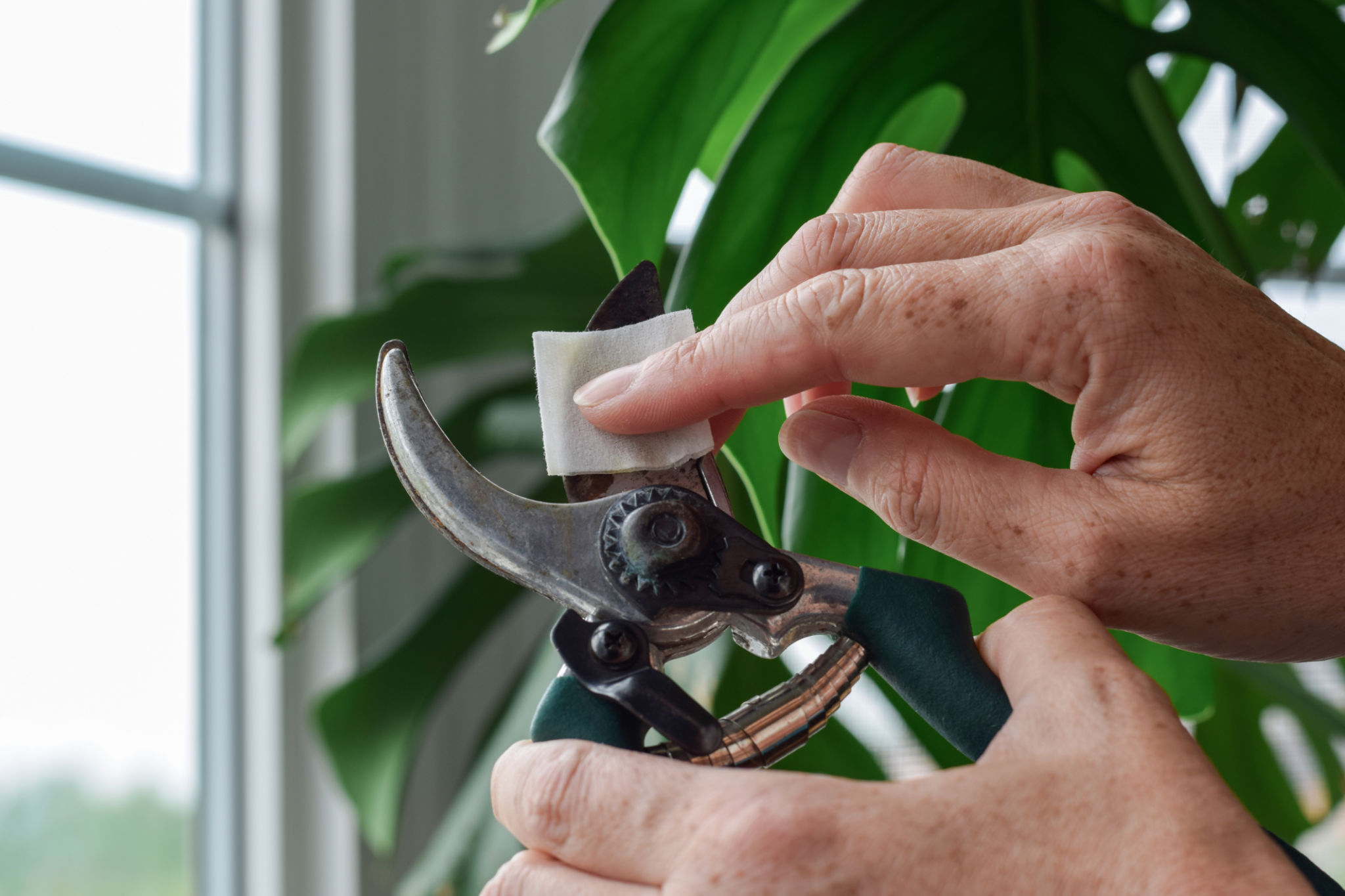Comprehensive Guide to Landscape Maintenance for Homeowners
Understanding the Basics of Landscape Maintenance
Maintaining a beautiful landscape requires more than just a green thumb. It's a blend of art and science that involves regular care, planning, and some knowledge about plants and climate. Whether you have a sprawling garden or a modest backyard, knowing the basics of landscape maintenance can help you keep your outdoor space looking its best year-round.

Essential Tools for Landscape Maintenance
Before diving into the different tasks involved in maintaining your landscape, it's important to have the right tools. Some essential items include:
- Lawnmower: For keeping your grass neatly trimmed.
- Pruning shears: Essential for trimming shrubs and small trees.
- Rake: Useful for gathering leaves and debris.
- Garden hose: For watering plants and washing down surfaces.
Investing in quality tools can make your maintenance tasks easier and more efficient.
The Importance of Regular Watering
Watering is one of the most crucial aspects of landscape maintenance. Most plants require a consistent watering schedule to thrive. However, it's important to avoid overwatering, which can lead to root rot and other issues. Instead, aim to water deeply but infrequently, allowing the soil to dry out slightly between sessions.

Consider Mulching
Mulching is an excellent technique for retaining soil moisture and suppressing weeds. By adding a layer of organic material such as bark or wood chips around your plants, you can significantly reduce the amount of time spent on watering and weeding. Mulch also adds nutrients to the soil as it breaks down, promoting healthier plant growth.
Pruning and Trimming Techniques
Regular pruning and trimming are essential for keeping your plants healthy and aesthetically pleasing. Pruning helps remove dead or diseased branches, encouraging new growth and preventing potential hazards. Use sharp tools to make clean cuts, and always prune at the right time of year for each plant species.

Fertilization: Feeding Your Landscape
Fertilization provides essential nutrients that your plants need to grow and flourish. Depending on your plant types and soil conditions, you may need to apply fertilizers at different times throughout the year. Opt for organic fertilizers whenever possible, as they improve soil health without harming the environment.
Dealing with Pests Naturally
Pests can quickly become a problem in any garden, but there are natural ways to manage them. Introducing beneficial insects such as ladybugs or using homemade sprays like neem oil can help keep pest populations under control without resorting to chemical pesticides.
Regular Inspection and Adjustment
Finally, performing regular inspections allows you to catch potential problems early. Look for signs of pest infestations, disease, or water stress, and adjust your maintenance practices accordingly. This proactive approach can save you time and effort in the long run while ensuring your landscape remains healthy and vibrant.

With these comprehensive tips, homeowners can confidently maintain their landscapes, ensuring they remain beautiful, healthy, and functional all year round. Remember, consistency is key, and with a little effort, your outdoor space can thrive.